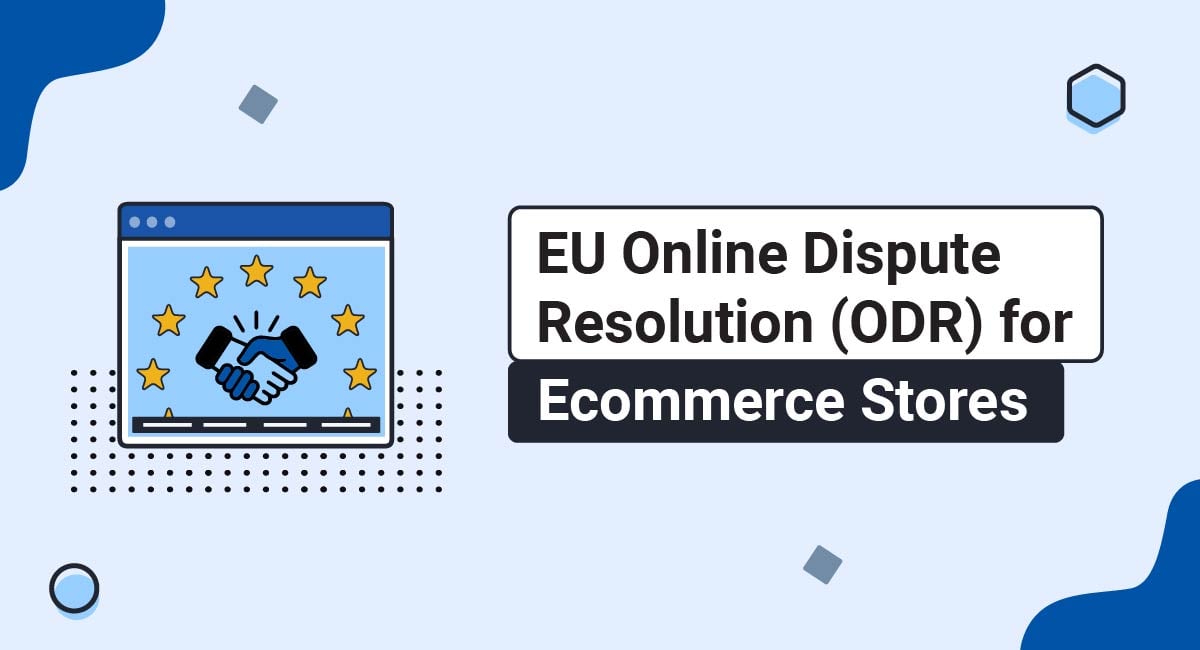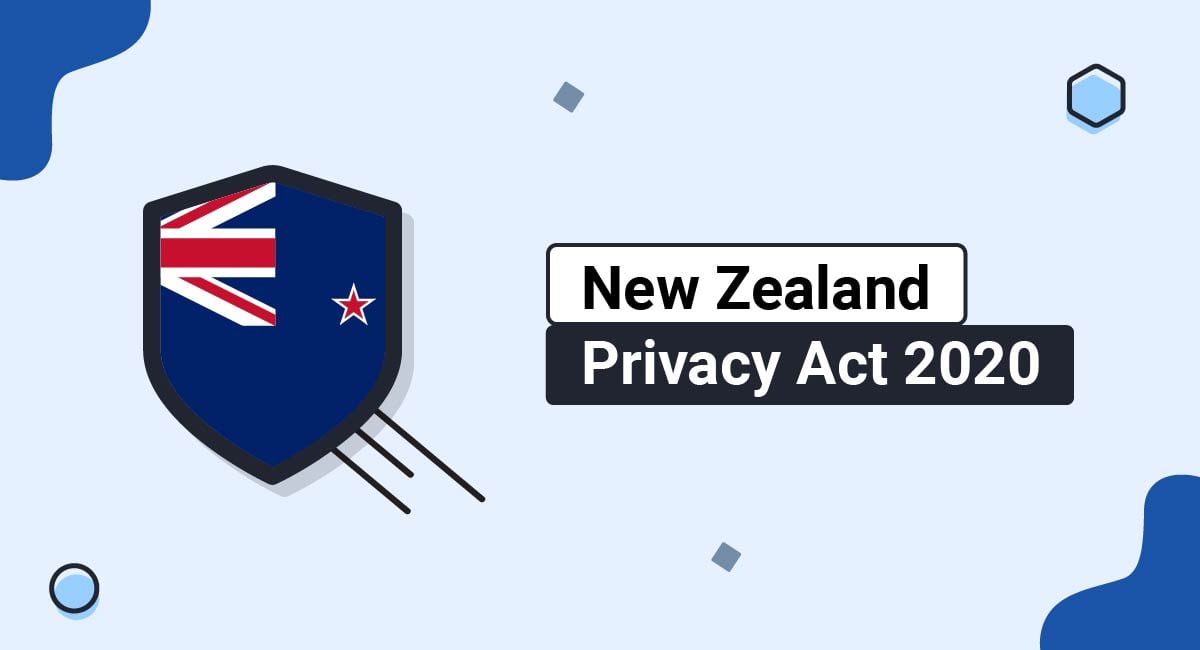If you trade within the European Union (EU), then you must inform customers that they can submit any contractual disputes relating to your goods or services to the EU's Online Dispute Resolution (ODR) platform.
The platform, which has been in force since February 15, 2016, is designed to protect consumer rights while also helping traders resolve disputes as quickly (and cost-effectively) as possible.
This article will explain which businesses must comply with the EU Online Dispute Resolution (ODR) rules, and the steps you should take, as an online retailer, to ensure compliance.
Use our Return & Refund Policy Generator to generate a Return and Refund Policy for your store. Just follow these steps:
-
At Step 1, select where your Return & Refund Policy will be used.
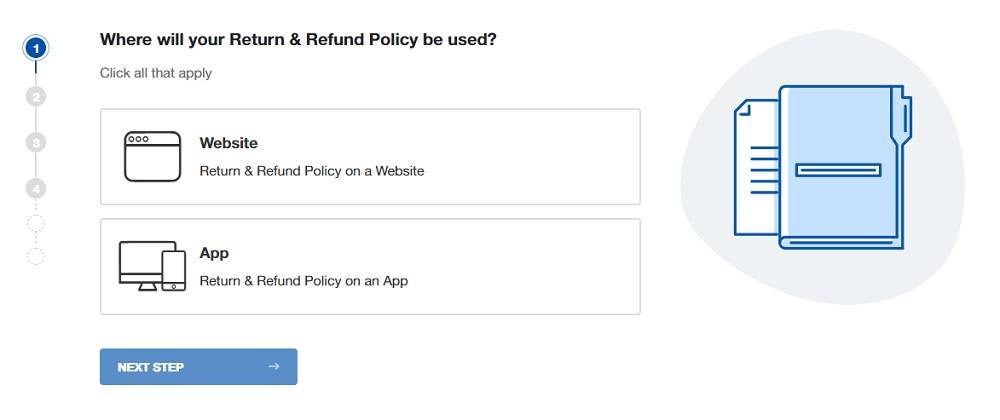
-
At Step 2, add information about your website/app and business.
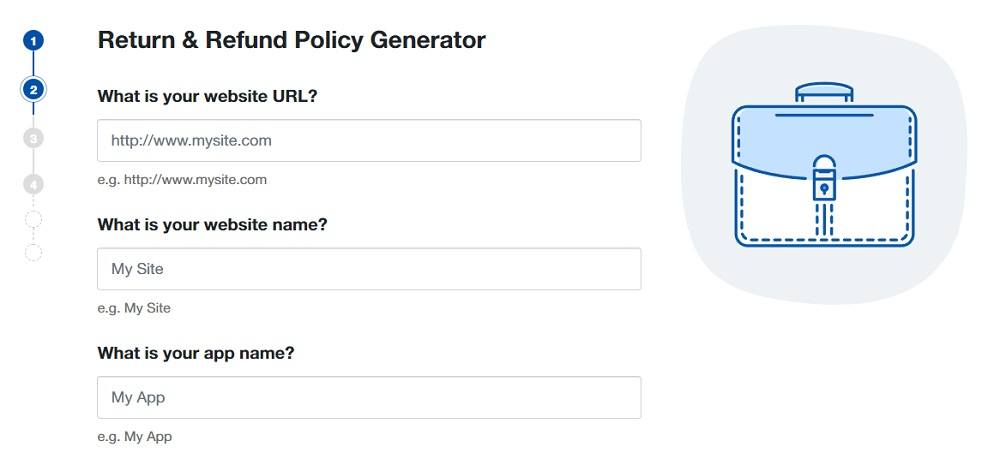
-
Answer some questions about your business practices.
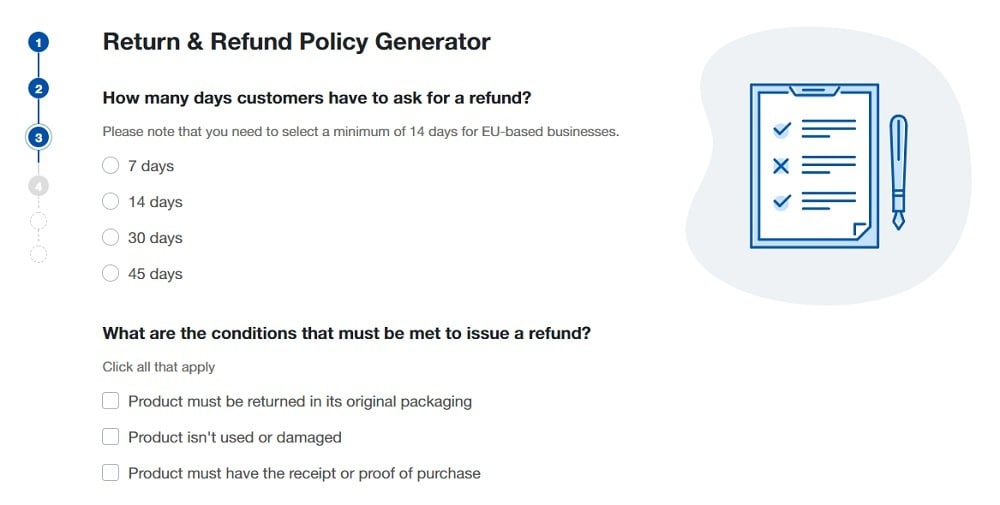
-
Enter an email address where you'd like to receive your Return and Refund Policy and click "Generate."
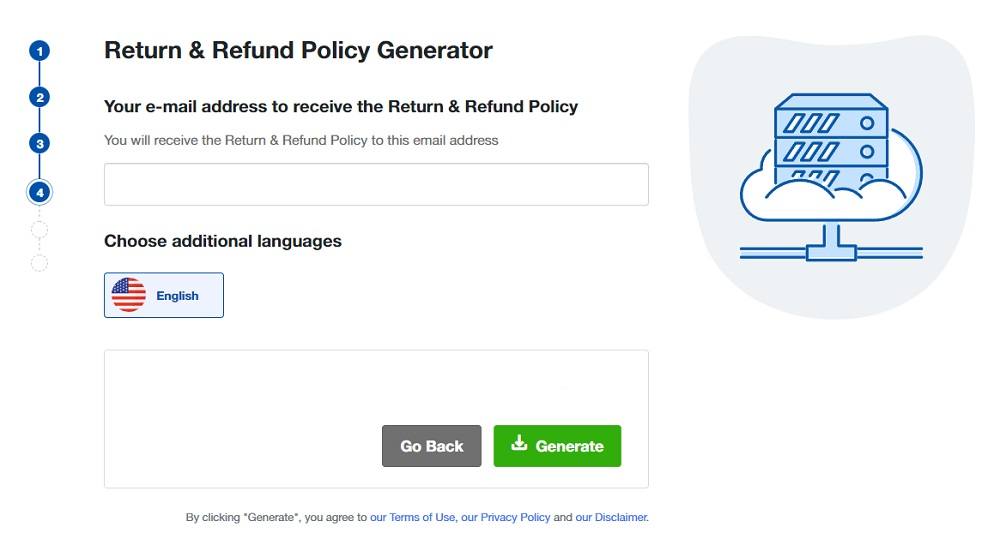
Done! You'll be able to instantly access and download your new Return and Refund Policy.
- 1. What is EU Online Dispute Resolution (ODR)?
- 2. Why Do We Have the EU Online Dispute Resolution (ODR) Process?
- 3. How Does the EU Online Dispute Resolution (ODR) Platform Work?
- 4. Are Businesses Legally Required to Comply With the EU Online Dispute Resolution (ODR) Rules?
- 5. How Do You Comply With the EU Online Dispute Resolution (ODR) Process?
- 5.1. Provide a Link to the ODR Platform
- 5.2. Display Own Email Address on Website
- 5.3. Additional Steps for Businesses Obliged to Use Alternative Dispute Resolution (ADR)
- 5.3.1. 1. Confirm that the ODR Can Be Used to Resolve Disputes
- 5.3.2. 2. Provide Details of Relevant Alternative Dispute Resolution (ADR) Entities
- 5.3.3. 3. Include ADR Details in Email Correspondence Around Commercial Offers
- 6. Where Do You Display Information About the EU Online Dispute Resolution (ODR) Platform?
- 6.1. EU Online Dispute Resolution (ODR) Notice
- 6.2. Complaints or Dispute Resolution Policy
- 6.3. Goods or Services Contract
- 7. What are the Penalties for Non-Compliance With EU Online Dispute Resolution (ODR)?
- 8. Summary
What is EU Online Dispute Resolution (ODR)?
The rules around the EU Online Dispute Resolution process can be found in Regulation 524/2013. We cover the main principles below.
Online dispute resolution offered by the EU is similar to other forms of "alternative dispute resolution" (ADR). The idea is to informally resolve disputes between sellers and customers without going to court, or entering lengthy legal negotiations.
- Consumers who are unhappy with goods or services provided can initiate a complaint. Traders can also start the complaint, if required.
- They'll be directed to a relevant alternative dispute resolution body, who will oversee the investigation into the issue.
- The ADR panel will mediate and attempt to reach a solution between the parties. They may also provide a decision, or recommendations, for how the business should resolve the complaint.
EU Online Dispute Resolution takes place through an online platform, as established by Article 5 of the Regulation. The types of complaints a consumer or trader might submit will vary, but they'll often involve a breach of contract (or a perceived breach of contract).
Examples include:
- Goods undelivered
- Non-payment for goods or services
- Goods not delivered as described
- Failure to honor a Returns Policy
- Breach of the Terms and Conditions Agreement on the trader's website
Why Do We Have the EU Online Dispute Resolution (ODR) Process?
There are three main reasons why the EU introduced the Online Dispute Resolution process for consumers:
- Having a clear pathway for resolving disputes can enhance consumer confidence when shopping online more generally.
- For traders, it allows you to resolve the majority of disputes informally, rather than through the courts, which saves time and financial resources.
- Showing a commitment to processing and resolving complaints may increase consumer trust in your business, which in turn results in customer loyalty.
When used appropriately, the EU's Online Dispute Resolution Platform strikes a balance between treating customers fairly and protecting businesses from frivolous or excessive (and costly) complaints.
How Does the EU Online Dispute Resolution (ODR) Platform Work?
It's a fairly straightforward process as set out in Articles 9 and 10 of the Regulation. We can summarize the steps of the EU Online Dispute Resolution (ODR) platform as follows:
- The consumer or trader submits a complaint through the portal.
- The other party receives notice of the complaint in writing.
- Within 10 calendar days, parties should agree on an alternative dispute resolution entity to oversee the complaint.
- If the parties can't agree on an ADR entity, the complaint won't go further (unless the trader is required by law to use ADR, which we'll cover below). Parties can either reach an informal agreement or initiate legal proceedings.
- Should the matter go before an ADR entity, the case will be handled online.
A decision should be issued within 90 days.
Are Businesses Legally Required to Comply With the EU Online Dispute Resolution (ODR) Rules?
Online traders are required to satisfy the EU's mandatory information requirements on ODR if they:
- Are established in the EU, and
- Sell goods, services, or online content to EU citizens
The EU Online Dispute Resolution (ODR) Regulation will not apply to disputes between traders, or to transactions completed offline. The transaction must take place online i.e. through your ecommerce store or website.
To be clear, if you sell goods, services, or content to EU residents, then you must comply with the obligation to draw attention to the platform and the customer's right to use it. However, you are not legally required to use the platform unless you're in a regulated sector where it is mandatory to use alternative dispute resolution (ADR). Such sectors include, but are not limited to, energy and financial sectors.
The short answer here, then, is that most online retailers are not bound to actually use the platform or even abide by its findings. You should make customers aware of this, though, so they have clear expectations.
Here's an example of what such a statement might look like, from Hyrox:

How Do You Comply With the EU Online Dispute Resolution (ODR) Process?
It's actually very simple to comply with the EU's Online Dispute Resolution (ODR) process. The rules are set out in Article 14 of the Regulation. For most ecommerce stores, there are only two steps involved:
- Linking to the EU's ODR platform, and
- Providing your own company email address for consumers to use to contact you
We'll look at more examples below, but here's what these details might look like.
Provide a Link to the ODR Platform
The link to the EU's Online Dispute Resolution platform should be clear and clickable. If it's buried or there's no link, then it falls short of EU requirements.
Here's an example from Zara Slovenia. Although it's a PDF, the ODR link is clickable and obvious:

Display Own Email Address on Website
Ideally, customers will contact you first so you can resolve matters without the need for any further dispute resolution. Make it easy for them to do so by having a clear and clickable email address for customers to reach you to resolve the complaint.
A common way to do this is to include contact information in a clause within a Terms agreement.
Here's an example of clear business details from retailer French Connection:

Additional Steps for Businesses Obliged to Use Alternative Dispute Resolution (ADR)
Some traders operate in industries which are required by law to offer alternative dispute resolution (ADR) procedures for dissatisfied consumers. As mentioned, examples are the energy and financial services sectors.
These additional obligations are:
- Confirming that consumers can use the EU's Online Dispute Resolution platform to resolve disputes, and that you are willing to participate.
- Provide the details of the relevant ADR entities you are regulated by, or a part of.
- Include details about alternative dispute resolution mechanisms in any email correspondence about selling goods or services.
Briefly, here's an example of how Clydesdale Bank complies with the requirements.
1. Confirm that the ODR Can Be Used to Resolve Disputes
First, the bank confirms that customers can use the ODR:

2. Provide Details of Relevant Alternative Dispute Resolution (ADR) Entities
In this case, the ADR is the Financial Ombudsman. The bank specifies this quite clearly, and explains that cases will be referred there from the ODR:

3. Include ADR Details in Email Correspondence Around Commercial Offers
It should be noted that similar information should be provided in contracts e.g. a contract offering the customer a credit card or loan product.
As an aside, Clydesdale Bank has a summary of the key information customers need to use the ODR platform in a highly visible and user-friendly list. This shows that they take their commitment to customers seriously, and it's a good example to follow:
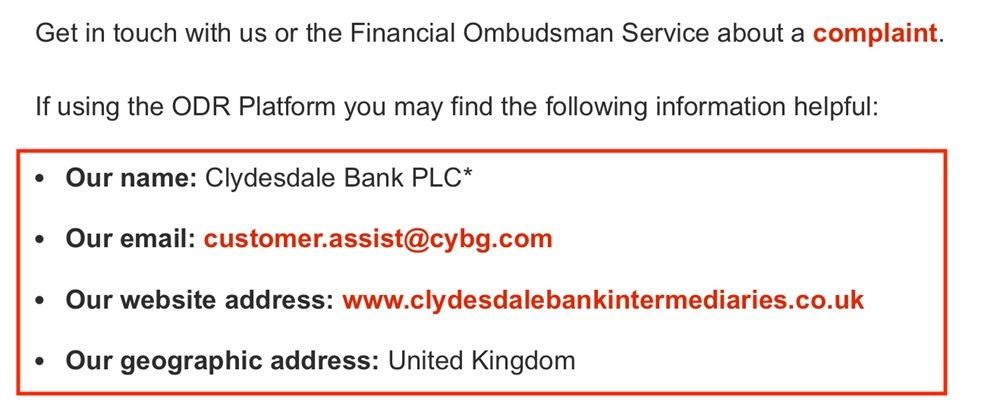
Where Do You Display Information About the EU Online Dispute Resolution (ODR) Platform?
There are various places you can display information about the EU's Online Dispute Resolution platform. What matters is that you display it somewhere obvious so that customers are fully informed about their choices for resolving disputes.
Many ecommerce stores choose to post an EU Online Dispute Resolution Notice on their website as it's obvious. However, you can also display the information in your general Complaints or Dispute Resolution Policy, or your contract for goods or services with the consumer.
EU Online Dispute Resolution (ODR) Notice
An EU Online Dispute Resolution Notice briefly sets out the consumer's right to refer disputes to the platform. It should also include your email address and confirm whether you're a member of any alternative dispute resolution (ADR) bodies.
Here's an example from Taylor Made Golf. There's a link to the Notice within the website sidebar:
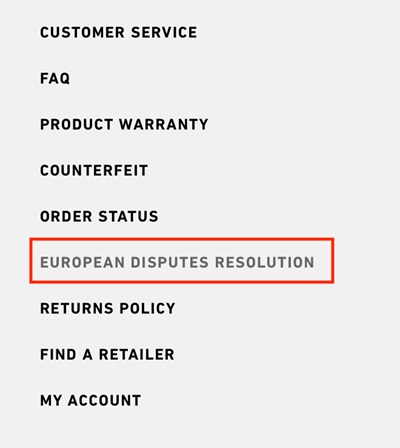
The Notice itself clearly links to the EU Online Dispute Resolution platform and confirms they do not subscribe to other alternative dispute resolution bodies. It also includes an email address, in compliance with EU rules:

And here's an example from Lloyds PR Solicitors. Although not an ecommerce store, it's an excellent example you can emulate. Again, there's an obvious link to the EU Online Dispute Resolution Notice, this time in the website's footer along with other important legal links:
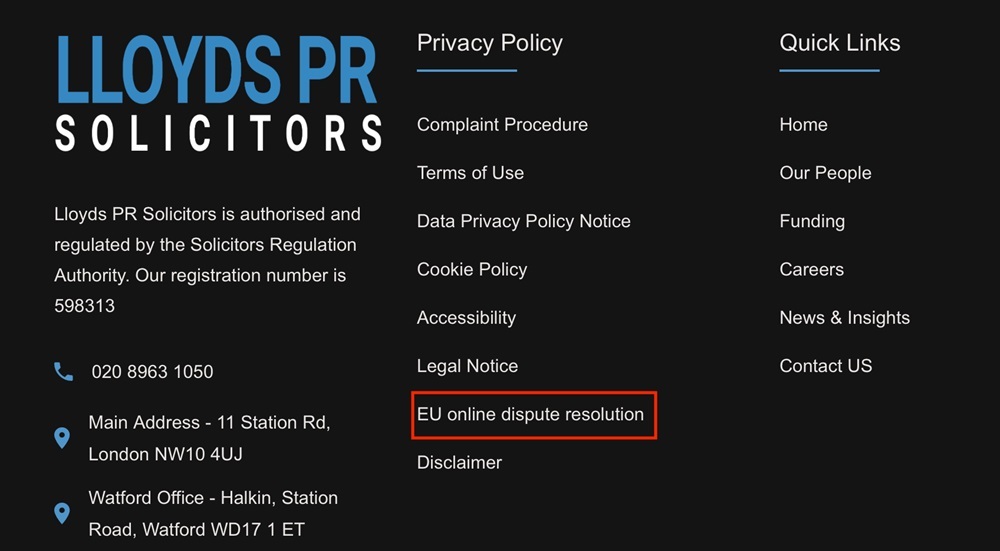
The Notice explains the client's right to submit a dispute to the EU. There's also an email address clients can contact if they're unhappy with the legal services provided:

Complaints or Dispute Resolution Policy
If your website has a Complaints Policy, you can include the relevant information about the EU Online Dispute Resolution platform here.
Cumbria Travel, for example, has a very short Complaints Procedure Policy. It's essentially a link to the EU Online Dispute Resolution platform, but it encourages customers to use the company email address to contact them directly first:

This is a good example because it's succinct and very clear in its terms. You don't need an overly complicated Complaints Policy or EU Online Dispute Resolution Notice. In fact, the more user-friendly these policies and notices are, the better.
Here's another example. Hollister includes a link to the platform within its "Contact Us" page which also serves as a portal for making complaints:

Finally, Basler Beauty is a helpful example because it also includes a clause describing how the EU's dispute resolution process works. This adds more context for the consumer who can then make an informed choice as to whether to use this platform:
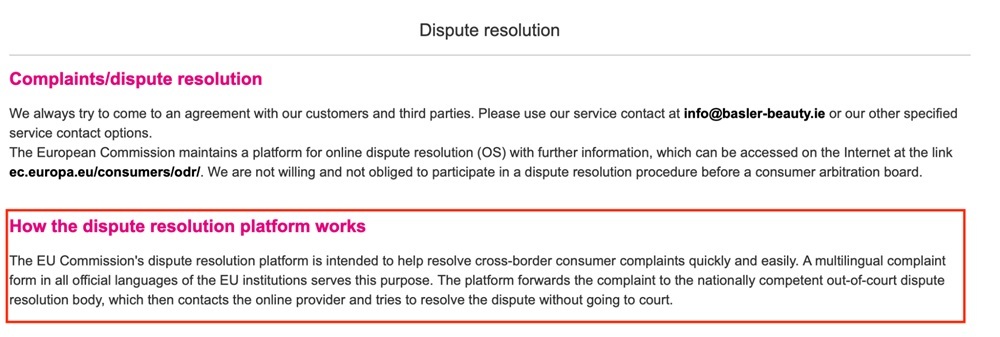
Goods or Services Contract
Your customers will typically expect to find information about dispute resolution within your sales contract. So, incorporate the EU Online Dispute Resolution process into your contract by adding a clause with a link and your email address.
There's no specific wording required. You can use the same wording you would use to describe the EU Online Dispute Resolution (ODR) platform elsewhere.
What are the Penalties for Non-Compliance With EU Online Dispute Resolution (ODR)?
It's up to EU Member States to set the penalties for non-compliance with EU Online Dispute Resolution (ODR) obligations. As a result, there's no single approach to rebuking businesses that are yet to implement the EU's rules.
Although penalties vary, they include:
- Formal investigations by Member State governing authorities
- Monetary fines (these may increase for subsequent violations)
- Injunctions sought by rivals that will force a business to comply
Given the wide variety of penalties for ODR breaches, it's essential that you get legal advice before trading.
Summary
In force since February 15, 2016, the EU's Online Dispute Resolution (ODR) platform for ecommerce businesses provides a means for traders and consumers to resolve disputes without going to court. Consumers can submit their complaints online and an authorized alternative dispute resolution (ADR) body will investigate.
- If you sell goods, services, or digital content online, through a marketplace or your own website, you must inform consumers of their right to use the platform.
- You are not legally obliged to use the platform to resolve the dispute unless this is a term in your contract with the consumer, or the law requires you to use alternative dispute resolution (ADR).
Complying with the rules here simply means linking to the ODR platform and providing your own email address for consumers to contact you to resolve a dispute. Should you not wish to use the EU's Online Dispute Resolution platform, it might be wise to highlight this so consumers are aware.
If you're bound to use ADR due to other trading and commercial laws, then you must also:
- Confirm you agree to use the platform to resolve disputes
- Explain which ADR bodies you belong to
- Reference the platform in correspondence with the consumer if you're discussing a commercial contract
It's best to have a separate EU Online Dispute Resolution Notice on your website. However, you can also link to the platform in your Complaints Policy or the goods or services contract.

Comprehensive compliance starts with a Privacy Policy.
Comply with the law with our agreements, policies, and consent banners. Everything is included.
